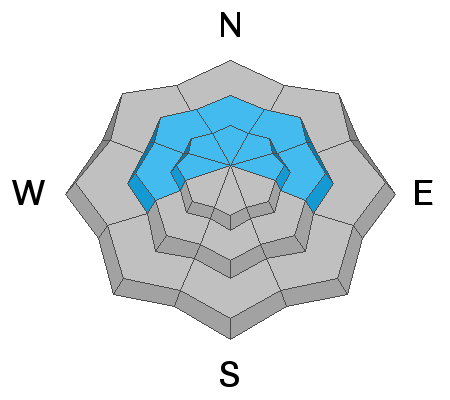Yesterday's impressive cold front came roaring through the valley and slammed into the Wasatch front delivering strong winds and impressive snowfall rates. In the past 24 hrs, we've seen roughly 6" to 15" inches of new snow containing 0.50" to 1.84" of water throughout the mountains.
The National Weather Service has issued another Winter Weather Advisory that will be in effect at 8:00 am this morning. The strongest snowfall will occur late in the day as another cold front crosses northern Utah. We could pick up another 1-2 feet of snow by tomorrow morning.
Currently, the upper elevation mountain temperatures are in the low teens °F, while lower in the canyon; the temperature hovers in the mid-teens °F. The wind remains the headline news and continues to blow from the southwest 15-30 mph with gusts into the 30's, 40's and 50's across the upper elevations.
You can get caught up by reading our
Week in Review where we summarize significant snow and weather events from this past week.
Yesterday, ski areas reported triggering large avalanches with explosives (results below). Upper Little Cottonwood reported a natural avalanche cycle at some point in the morning. Snowbird got a quick look into Whitepine Canyon and reported that most of the Whitepine ridge had avalanched. Backcountry observers continue to report unstable, poor snowpack structure and cracking/collapsing within the snowpack.
- Upper Big Cottonwood: northeast-facing 9,500' in elevation. 300-500 feet wide running 1,000.'
- Upper Big Cottonwood: two avalanches failing into the Persistent Weak Layer (PWL). Both were large enough to catch, carry, bury, and kill a human.
- Upper Little Cottonwood: west-facing 10,500' in elevation. 350 feet wide, 2-6 feet deep. Also reported several other avalanches breaking into faceted snow (PWL).
- Upper Little Cottonwood: northeast-facing 9,400' in elevation. 200-400 feet wide, 4-6 feet deep (picture below).












